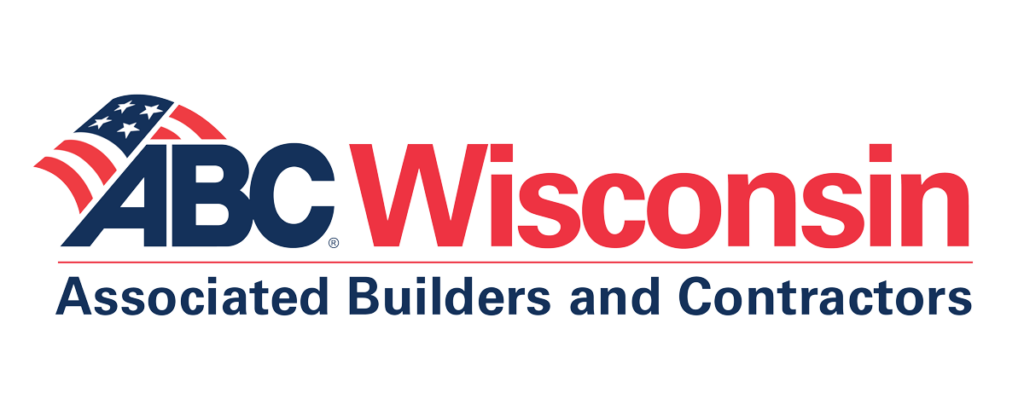By Logan Szopinski, Safety Manager, Daniels Construction
Over the last few years, Mental Health has become a hot topic nationally in the construction industry. With the construction industry facing a high suicide rate (four times greater than the national average), the industry has unique challenges including high stress, demanding work conditions, and culture that often stigmatizes seeking help. September marks an important time as we recognize National Suicide Prevention Month!
Many companies are making a concerted effort to educate everyone from leadership to new hires on what they can do to assist in the effects to change the dial. What is the best way to go about this? Well, the answer is, it depends! There is no one way to approach this challenge; everyone is different. But we spend a great amount of time at work, with coworkers, perhaps even more time than at home with our own families. Coworkers have an opportunity to recognize when there is a change in an individual. Does the individual isolate themselves more at break and avoid being around others? Are they less interested in learning how to do new tasks than they used to be? Do they come out and bluntly say things like “there’s no point,” that they feel “worthless” or that they’re having problems at home? Even a change in behaviors such as: taking dangerous risks such as driving extremely fast, displaying extreme mood swings, eating or sleeping more or less, or using drugs or alcohol more often are all signs that they may need help.
Construction is not an industry known for sensitivity, to say the least, especially on a topic that isn’t easy to talk about in general. So, asking someone to open up about what’s bothering them or to express what they are feeling isn’t always easy. Individuals in a leadership role are not always approachable to others, as well. One of the most important things you can do is make the effort to let the individual know that you’re there for them or encourage them to talk to someone that they do trust. Make sure all conversations are in a confidential location, not in front of others or in a situation where it’s going to make it uncomfortable for that person. So, plan out when, where and what you’re going to say. It can be something as simple as “You haven’t seemed like yourself lately, is everything alright?” That may be all it takes for the individual to seek help, while others may need more guidance before seeking help.
Providing resources is a great option to give support. Employee Assistance Programs (EAPs) are a resource from the employer. Additional resources may be the Suicide and Crisis Lifeline 988, the Crisis Test Line: Text HOME to 741741 and SAMHSA’s National helpline 1-800-622-4357. All these resources are free and can help someone get pointed in the right direction. The important thing is giving that person some direction to get the help they need and let them know that there are better options than suicide.










